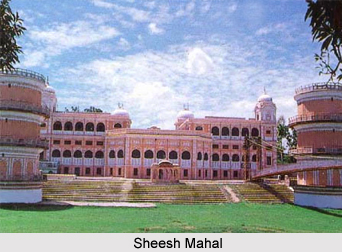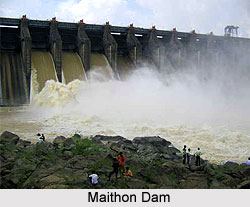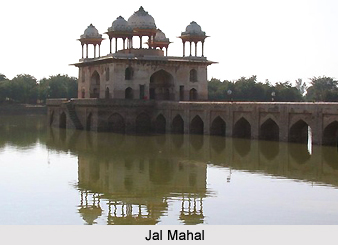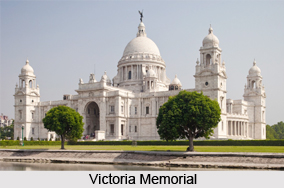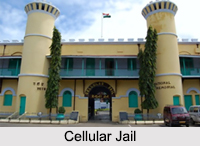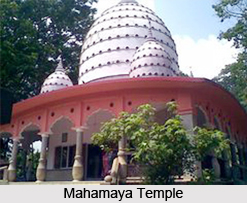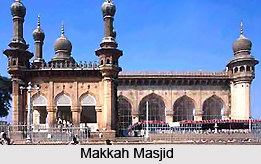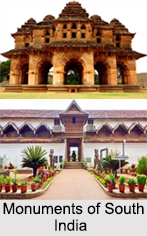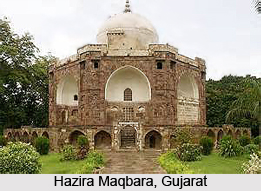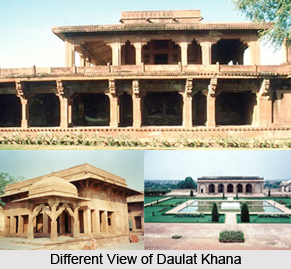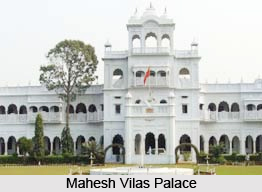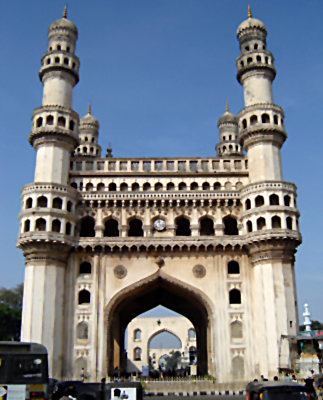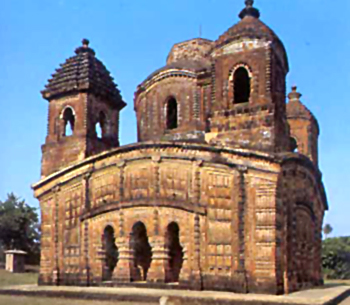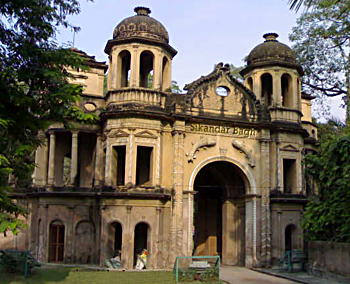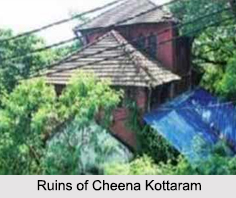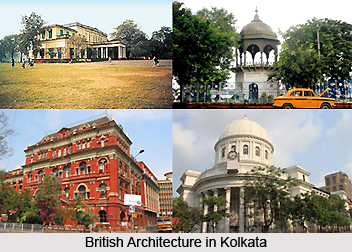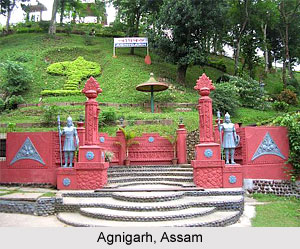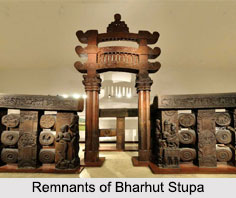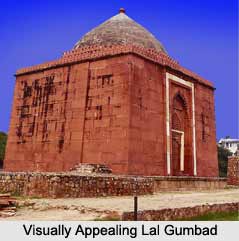 Lal Gumbad is one of the oldest monumental structures of the historical architecturally relevant Delhi, believed to have been constructed in the mid 14th century. It was dedicated to Shaikh Kabir-ud-din Auliya, a Sufi saint who lived in the 14th century. The tomb houses his mortal remains buried in 1397. Shaikh Kabir-ud-din Auliya is believed to had been a disciple of the Sufi saint Roshan Chiragh-i-Dilli of the Chisti order, who himself was the spiritual heir of the renowned Sufi saint Nizamuddin Auliya. The obscure saint lived in the reign of the Tughluq Dynasty under the rule of Emperor Muhammad-bin-Tughlaq. The tomb reflects the architectural style of that era and resembles the tomb of Ghiyath al-Din Tughluq, the founder of the dynasty.
Lal Gumbad is one of the oldest monumental structures of the historical architecturally relevant Delhi, believed to have been constructed in the mid 14th century. It was dedicated to Shaikh Kabir-ud-din Auliya, a Sufi saint who lived in the 14th century. The tomb houses his mortal remains buried in 1397. Shaikh Kabir-ud-din Auliya is believed to had been a disciple of the Sufi saint Roshan Chiragh-i-Dilli of the Chisti order, who himself was the spiritual heir of the renowned Sufi saint Nizamuddin Auliya. The obscure saint lived in the reign of the Tughluq Dynasty under the rule of Emperor Muhammad-bin-Tughlaq. The tomb reflects the architectural style of that era and resembles the tomb of Ghiyath al-Din Tughluq, the founder of the dynasty.
Location of Lal Gumbad
The Lal Gumbad is located in the national capital territory of Delhi, the city of many such quaint monuments built under the rule of different dynasties, in the neighbourhood of Malviya Nagar locality in South Delhi.
Architecture of Lal Gumbad
The Lal Gumbad is a striking structure in red, the facade and the walls having been constructed using red sandstone. The bright red colour gives the tomb its name, "lal" meaning red and "gumbad" meaning dome. It can be entered from the eastern side of the compound and the gateway has a pointed arch adorned with marble bands. The main tomb inside is a square-shaped chamber with dilapidated walls. The ceiling is surmounted by a plastered conical dome. Inside the tomb are nine tombstones, the main one holding the grave of the Sufi saint with a name plate on it. The monument also houses a mosque.
Lal Gumbad is also called the "Rakabwala Gumbad" because of the still visible iron rungs (called "rakab" in Hindi) that had been fixed onto its western wall by thieves who climbed over the tomb many years ago and stole the golden finial, its domed roof was embellished with.
Lal Gumbad is one of the finest and most magnificent monumental structures of Delhi constructed in the pre-Mughal era. Strikingly visible from a far off distance, it is a protected monument under the Archaeological Survey of India (ASI) and is open to visitors every day from 9 AM to 5 PM. This tomb along with some other structures is enclosed within a beautifully landscaped lawn compound.
